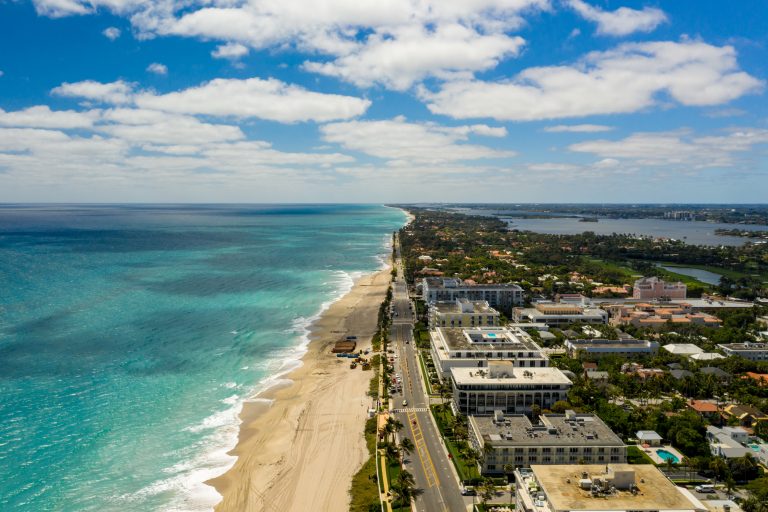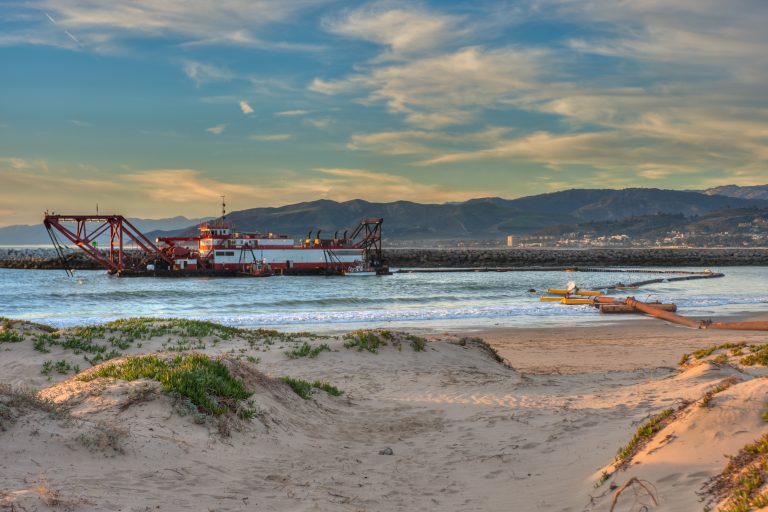Beach, Barrier Island and Wetland Restoration
John Lally / Lally LLC
Best value solutions for coastal sustainability
Beach, barrier island and wetland systems are foundations for coastal resiliency, healthy ecosystems, and economic growth. Impacted by natural processes and human activities, these resources are continually changing and under stress. To restore and sustain the world’s coastlines and wetlands, comprehensive knowledge of coastal processes, sediment dynamics, ecosystem services, and material conveyance systems is necessary.
From multi-mile long regional beach restoration programs to residential shorelines, Lally Consulting LLC (Lally LLC) engineers and scientists have worked on over forty (40) federal, state, municipal, and private projects with more than 80,000,000 cubic yards (cy) of sand dredged and placed beneficially for storm damage reduction, environmental restoration and recreation. As the need for coastal resiliency solutions continue to increase, our focus is to make projects more efficient and less costly through innovation and integrated application of coastal engineering and dredging construction know-how.
Our staff of coastal engineers, environmental scientists and dredging experts provide specialist knowledge to achieve successful coastal restoration and resiliency project outcomes.
Global services we offer include;
- Field Investigations
- Feasibility Study and Alternatives
- MetOcean Data Acquisition and Analyses
- Coastal Processes Modeling
- Shoreline Change Analysis
- Sediment Budgets
- Borrow Source Identification
- Topographic, Surf Zone & Bathymetric Surveys
- Geotechnical Sampling and Testing
- Sediment Compatibility Analysis
- Slope Stability Analysis
- Dune Restoration
- Fill Template Design
- Contract Plans and Specifications
- Permitting
- Procurement Support
- Bid Meetings
- Project Startup
- Construction Oversight
- Environmental Monitoring
- Pre-, Progress and Post-Dredge Surveys
- Payment Requests and Contract Management
- Post-Construction Monitoring
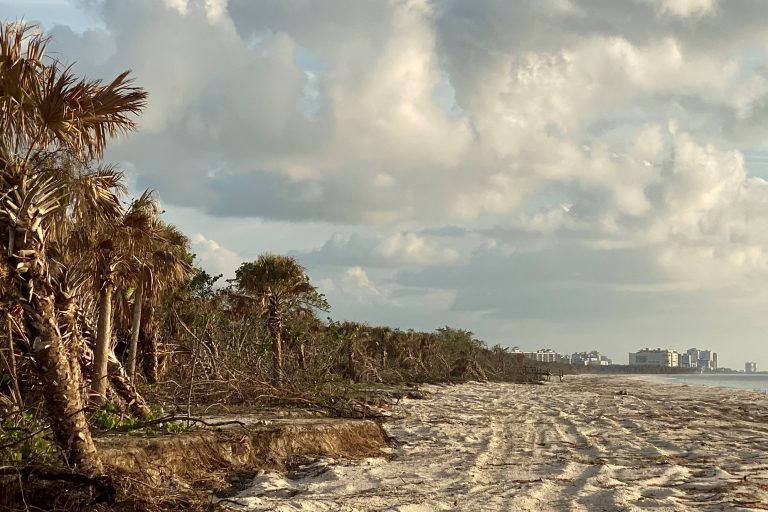
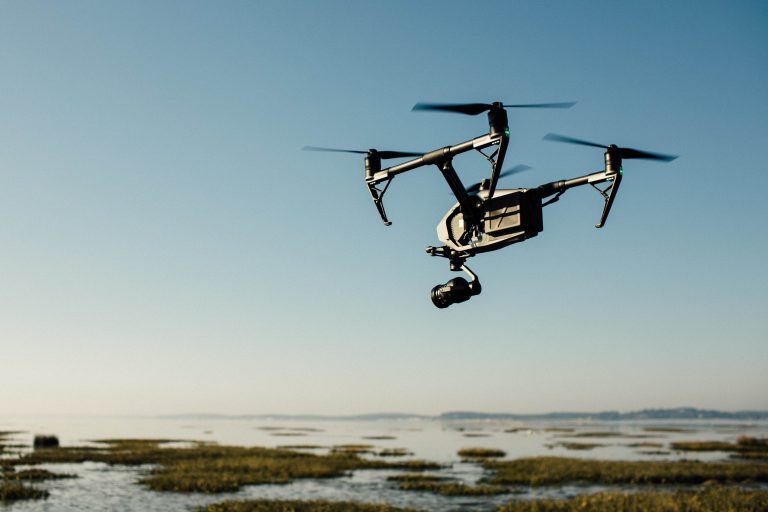
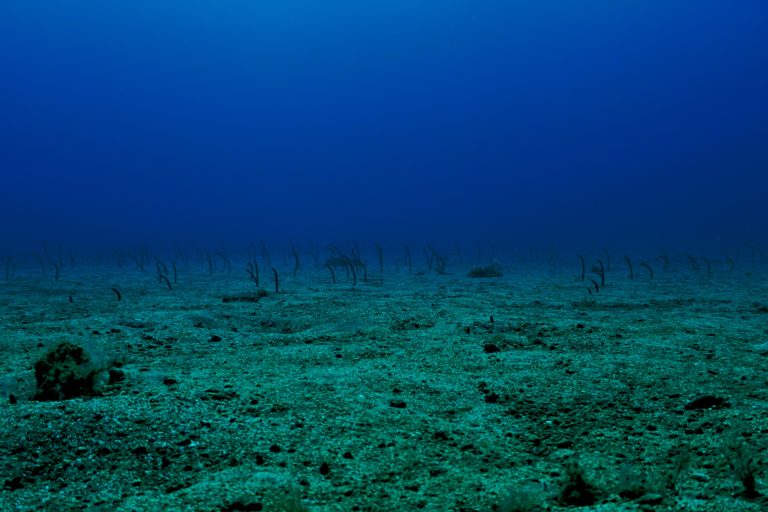
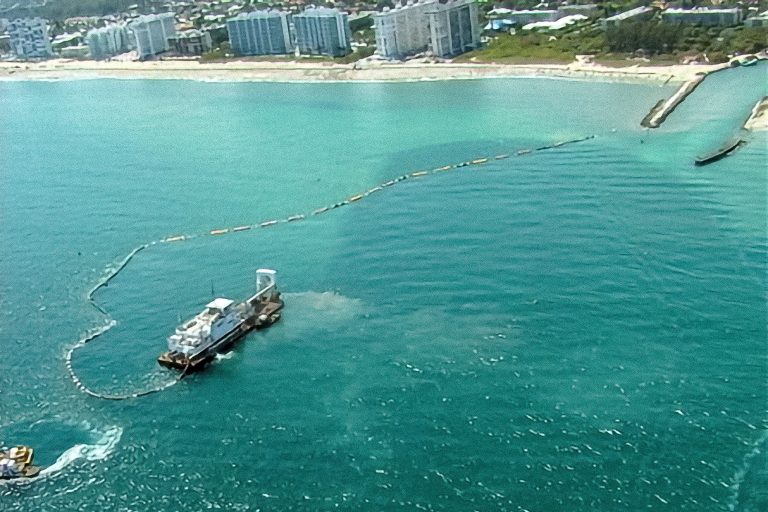
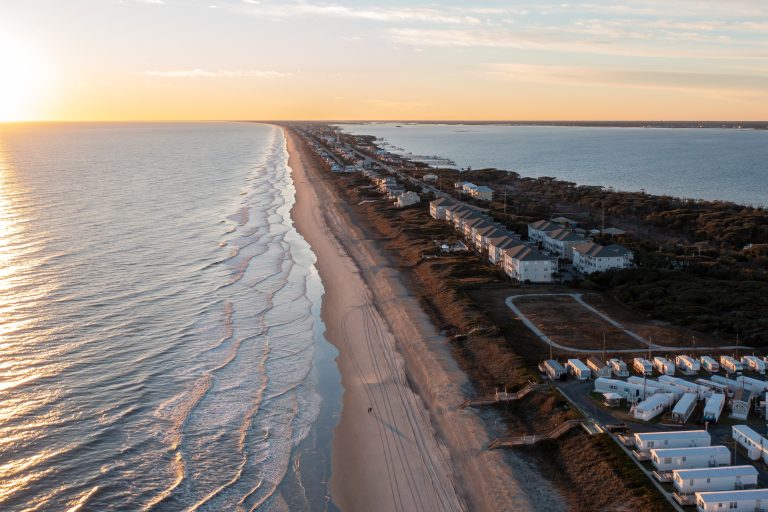
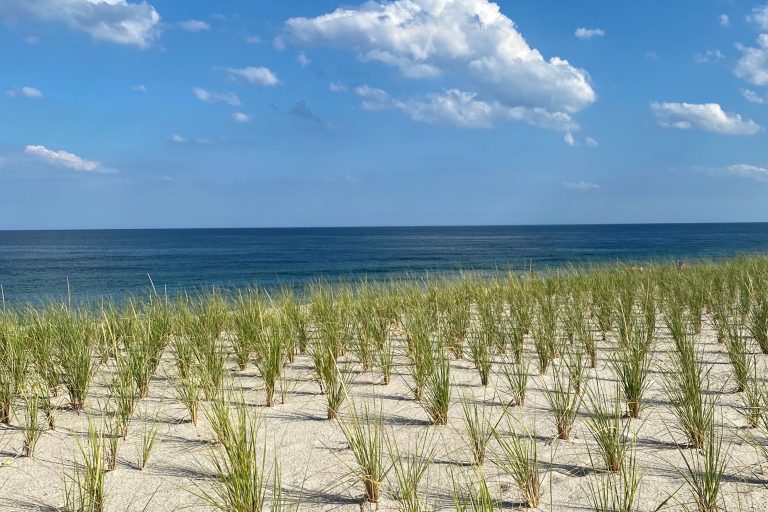
Successful construction in the coastal zone starts with thorough site assessment and planning. Lally LLC provides a range of engineering, environmental and planning services needed to assess and bring clarity to the development of shoreline and wetland restoration projects. Specific planning-level services we offer include;
- Site Physical Processes Assessments
- Environmental Conditions Assessments
- Feasibility Studies
- MetOcean Data Acquisition and Analysis
- ADCP Wave / Current Data Acquisition
- Coastal Geomorphology Studies
- Shoreline Change Analysis
- Offshore, Nearshore and Inshore Borrow Source Identification
- Geotechnical Sampling and Analysis
- Topographic & Bathymetric Surveys
- Subsurface Investigations
- Hardbottom and Seagrass Bed Delineations
- Stakeholder Engagement

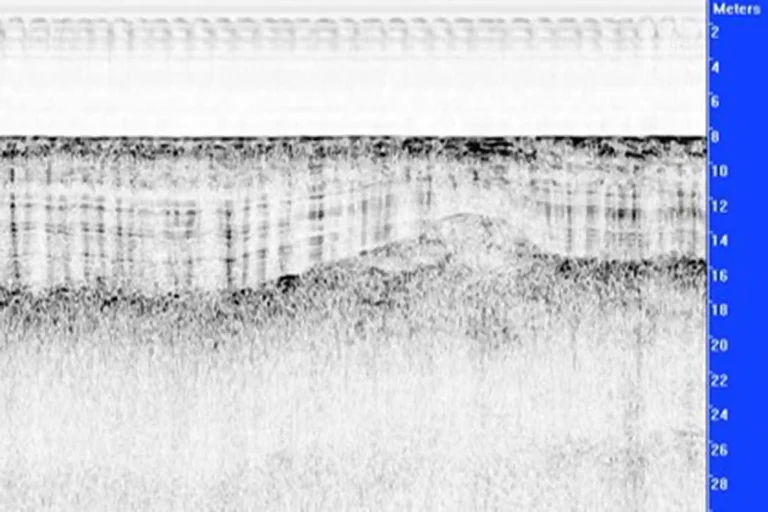

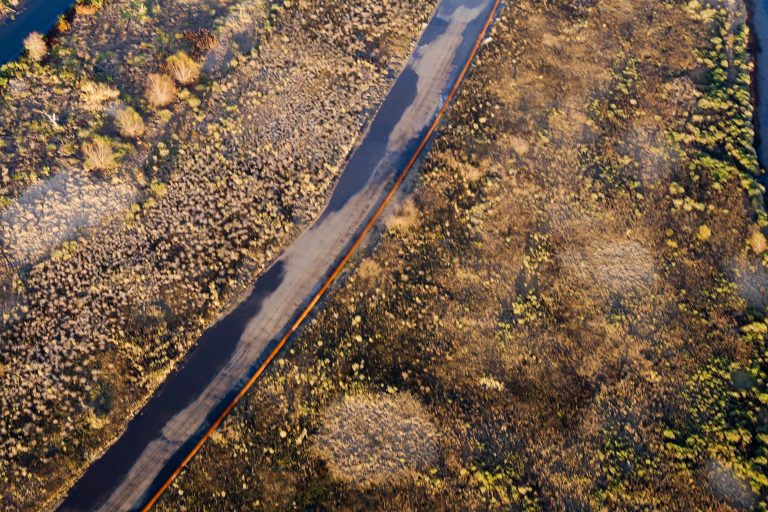
From concept through final design, we engineer shoreline and wetland restoration projects with essential data, established best practices, and construction know-how, to achieve project resiliency, environmental, and economic goals. Lally’s design approach incorporates comprehensive understanding of regionwide coastal processes, morphology, sediment budgets, equilibrium beach profiles, source – native compatibility analysis, alongside practical knowledge of dredging equipment and operations, borrow area management, and sediment fill placement processes. To avoid downdrift negative impacts we evaluate restoration projects on a system-wide basis using advanced in-house numerical modeling resources.
Once geomorphological assessment, sediment budgets and beach fill templates are initially resolved, a critical component in beach and wetland restoration is borrow source selection and design. At some sites, material sources will be obvious, and available from a nearby maintenance or capital works dredging project or other beneficial use opportunity. Increasingly however sources for compatible fill materials are difficult to access for economic (i.e. haul distance, depth) or environmental reasons (i.e. proximity to hard bottom, ecological receptors). For some projects, trucking materials in from quarries may be more advantageous, and there exist then a range of new considerations related to truck traffic and environmental safeguarding.
We apply creativity and multi-criteria analysis (MCA) tools to determine optimal material sources for a site and can iteratively engineer the fill design to accommodate or leverage opportunities. Particle compatibility analysis is an important part of this process which involves sediment core sampling, geophysical surveys and laboratory testing to assess long-term erodibility. Compatibility with ecological functions, for example sea turtle nesting or habitat for threatened sea birds is also evaluated at this time.
Further, it is important to look at offshore borrow source selection and design through the lens of hydrodynamic and environmental impacts. Modifying locations, dimensions and depths can serve to more favorably affect wave transformation and create opportunities, for example sculpting for improved benthic habitat, or recreation improvements in the form of surf breaks or shore access.
Engineering phase experience we offer the coastal and wetland restoration sector includes;
- Topographic, Surf zone & Bathymetric Surveys
- Borrow Area Sampling and Geotechnical Testing
- Sediment Compatibility Analysis
- Beach Fill Template Design
- Slope Stability Analysis
- Climate Change Effects Analysis
- Surf Break Enhancement
- Consolidation Modeling
- Slope Stability Modeling
- Dune Restoration and Vegetation Planting Design
- Contract Plans and Specifications, Project Manuals
- Production and Cost Estimation
- Value Engineering
- Contractor Communications and Collaboration
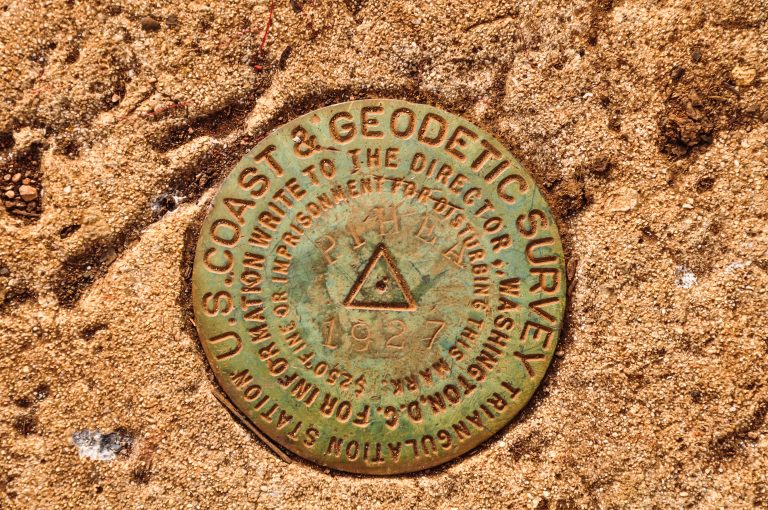
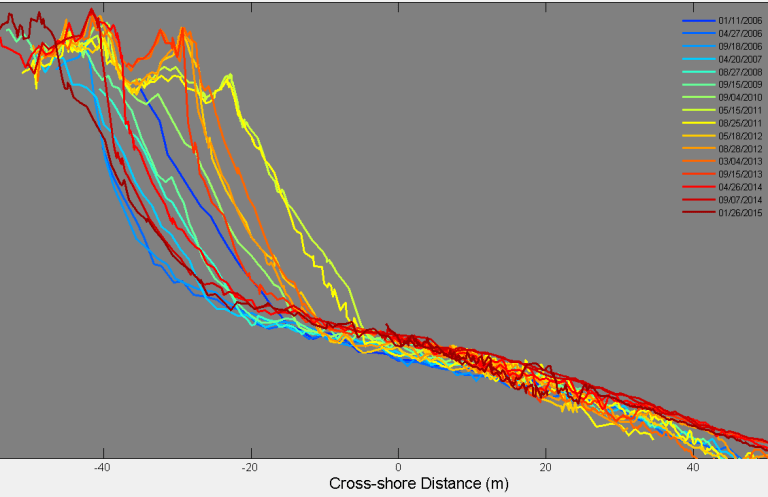



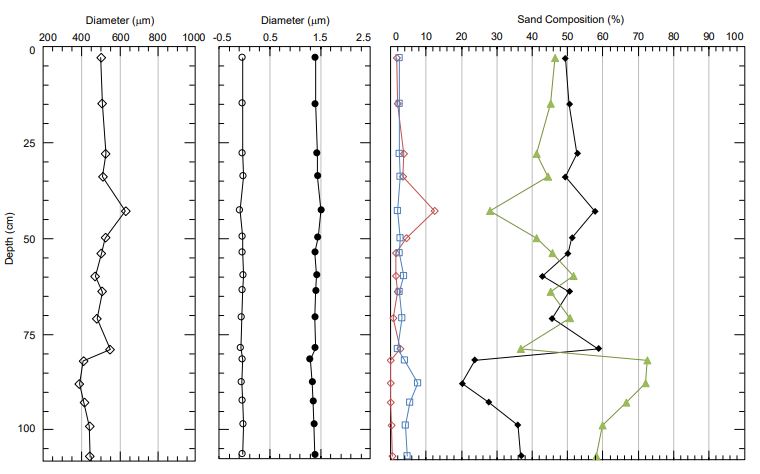
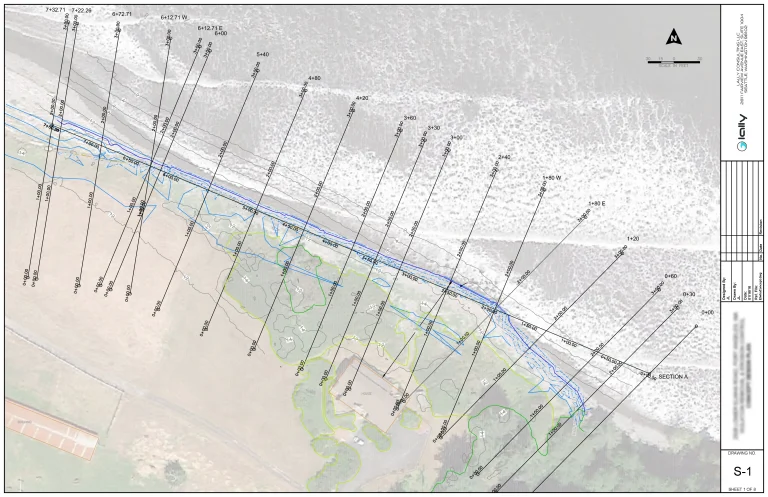
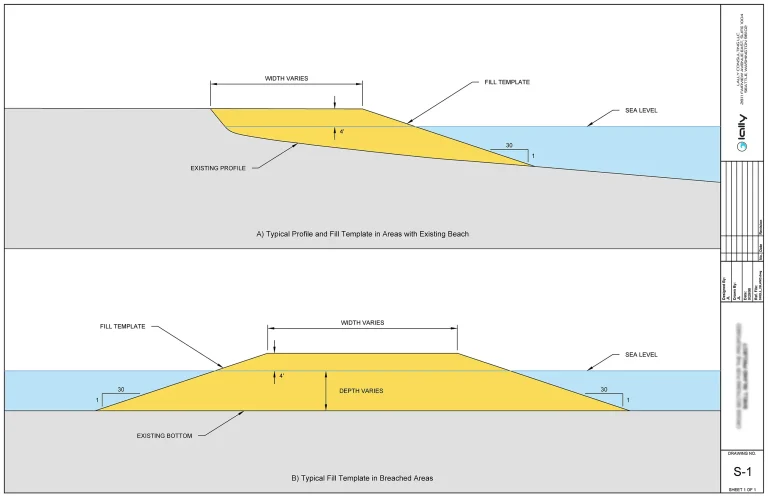
Navigating the regulatory process to acquire and comply with environmental permits can be one of the more challenging components of coastal construction. Lally LLC has successfully acquired federal, state and municipal permits for our clients’ projects through comprehensive understanding of site environmental conditions and stakeholder requirements, and innovative designs to optimize performance for the Owner while improving environment conditions. Responsive communications with regulators and stakeholders, global experience with nature-based coastal restoration solutions, and contractor experience working in varied marine environments, have also served to facilitate successful permit acquisition and compliance on multi-faceted coastal restoration projects.
We have experience working with the following agencies in the acquisition and administration of project permits in the coastal environment.
- U.S. Army Corps of Engineers (USACE)
- Bureau of Ocean Energy Management (BOEM), formerly U.S. Minerals Management Service (USMMS)
- NOAA – National Marine Fisheries Services (NMFS)
- U.S. Fish and Wildlife Service (USFWS)
- CARICOM Ministries of the Environment
- State and Local Environmental Agencies
- Coastal Protection and Restoration Authorities
- County and City Shoreline Master Programs
- Tribes and First Nations
Specific examples of Lally LLC permitting experience offered to the coastal and wetland restoration sector include;
- Initial Scoping
- Baseline Studies
- Permit Applications and Drawings
- Section 10/404 Rivers and Harbor Act and Clean Water Act
- Section 401 Water Quality Certification
- Section 7 Endangered Species Act
- Biological Evaluations
- Dredged Material Management Programs
- USEPA Ocean Dumping Act (MPRSA)
- Nationwide and Regional General Permits
- Stakeholder Engagement and Communications
- Agency Negotiations
- Formulate Monitoring Programs
- Turbidity, TSS, and Dissolved Oxygen Monitoring
- Sediment Monitoring
- Fish and Habitat Monitoring
- Marine Mammal Monitoring
- Sound Monitoring
- Seine Surveys and Fish Counts
- Pre-, Progress- and Post-Dredge Surveys
- Post-Construction Monitoring
- Project Reporting




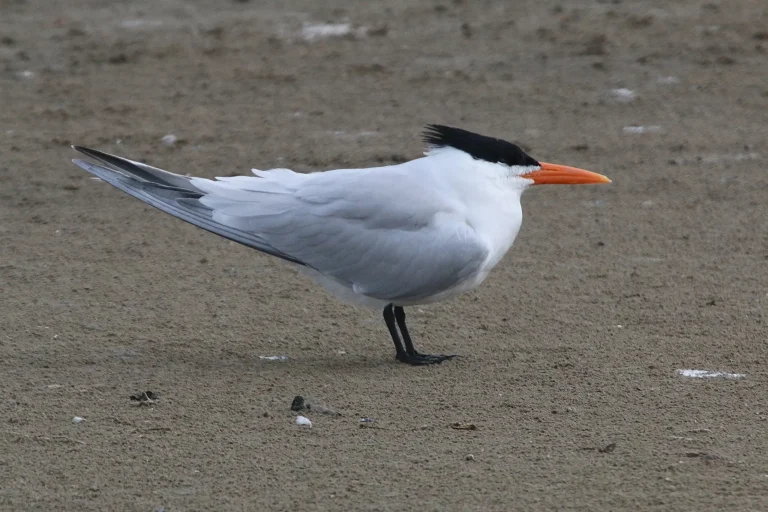
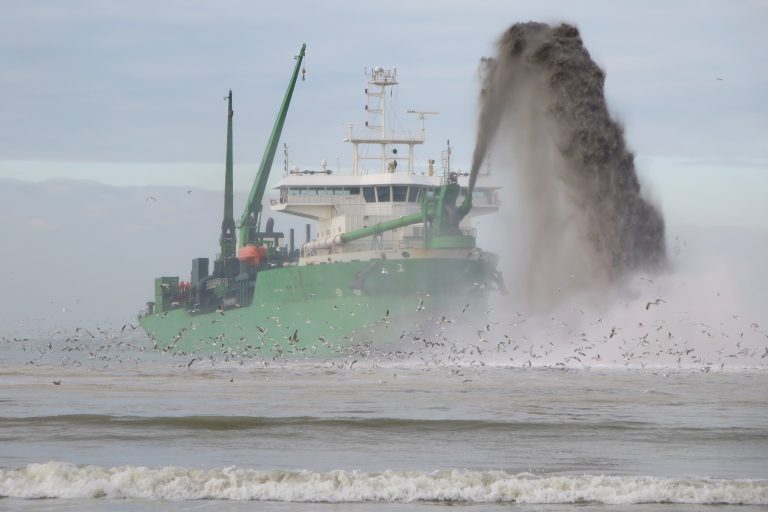
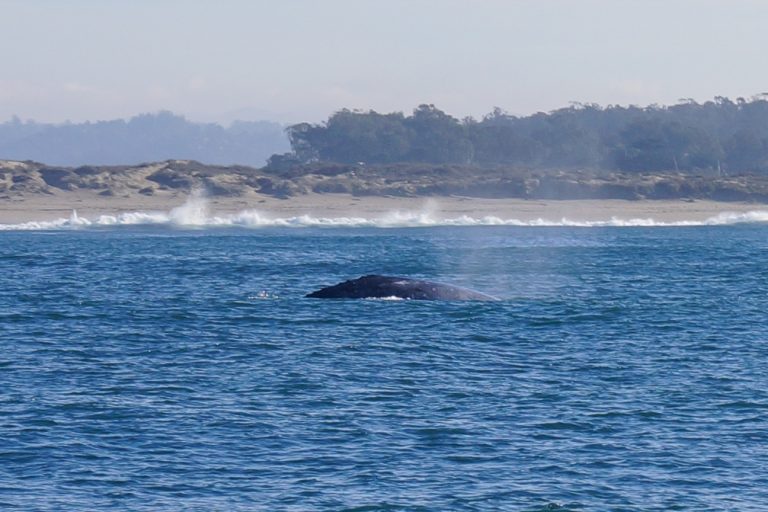

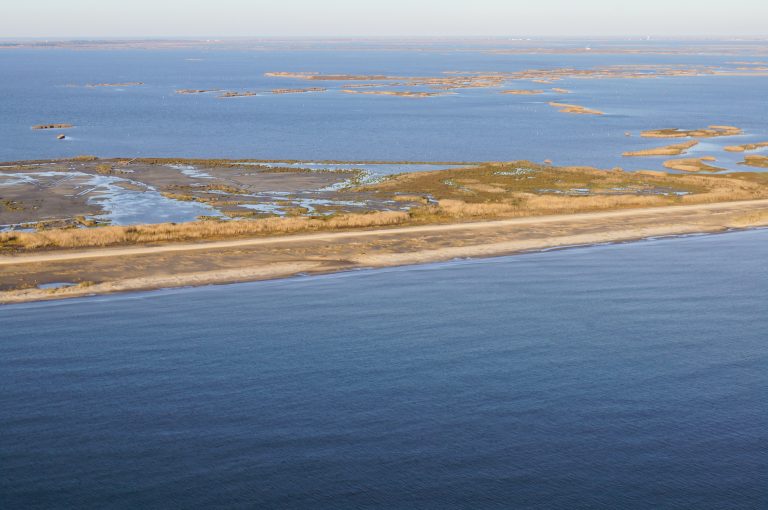

As former employees of North American and European dredge contractors, Lally LLC has technical and operational experience with hydraulic cutterhead, dustpan and trailing suction hopper dredges, beach and wetland restoration equipment, and various coast-building approaches. We can efficiently collaborate on important shoreline and wetland restoration projects as Owner’s representative, project manager, or 3rd party advisor to manage risks, achieve optimal performance and resolve project technical and contractual challenges.
Specific construction – phase experience Lally LLC offers to the coastal and wetland restoration sector includes;
- Procurement Support
- Early Contractor Involvement
- Pre-Tender Meetings
- Project Startup
- Construction Oversight
- Environmental Monitoring
- Quality Assurance / Quality Control
- Pre-, Progress and Post-Dredge Surveys
- Payment Requests / Contract Management
- Claims Resolution / Expert Services
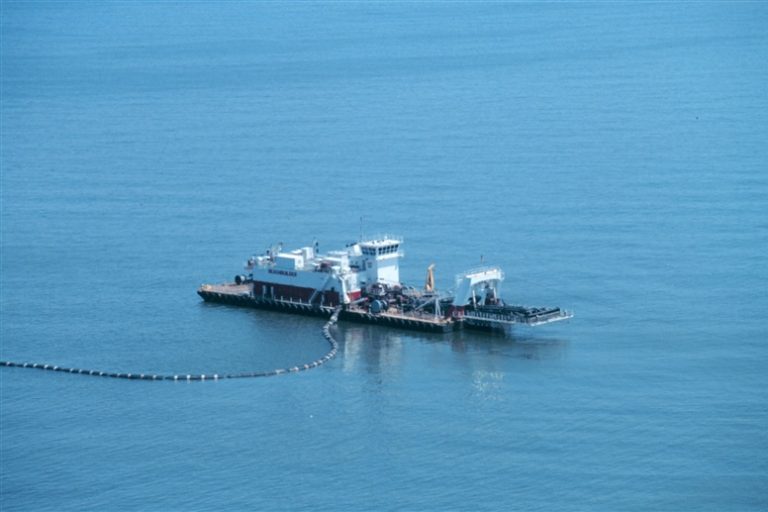
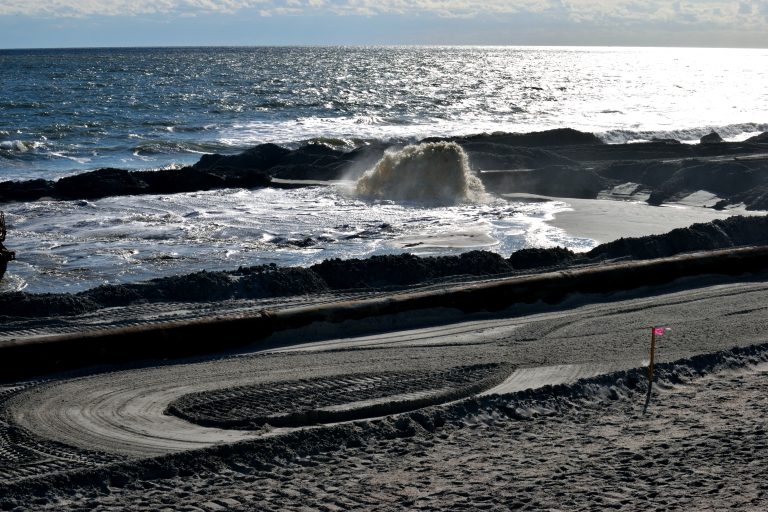
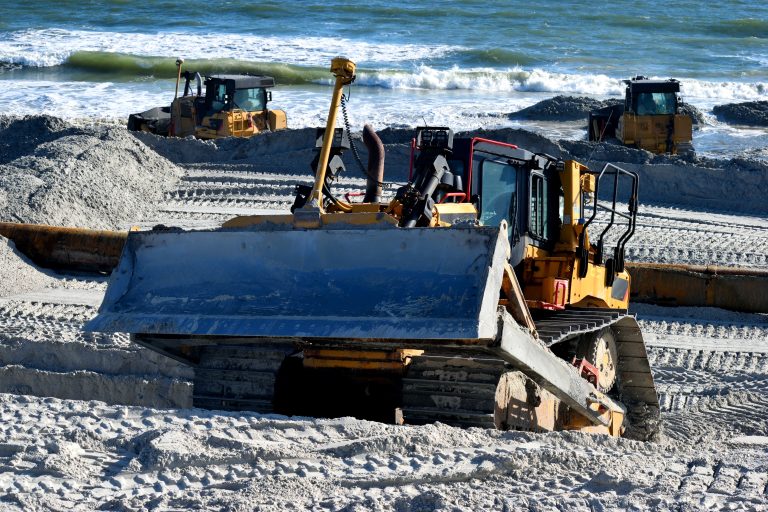
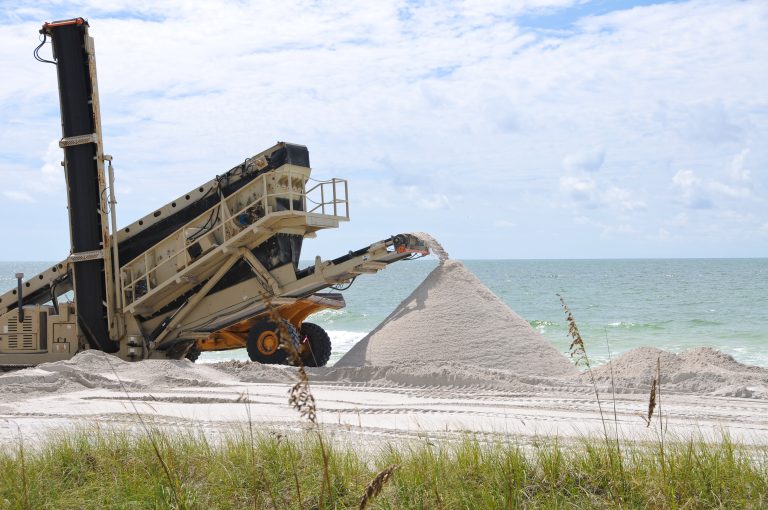
As sole-source independent consultant, or member on interdisciplinary team, Lally is often called to serve on projects requiring specialized coastal, offshore environmental or dredging engineering expertise. In these capacities Lally LLC has been hired by governments (U.S. Department of Defense, U.S. Army Corps of Engineers, U.S. Environmental Protection Agency, Federal Emergency Management Agency), industry clients, engineering firms, environmental consultants, marine contractors, and NGOs.
Related to coastal restoration, our firm’s professional staff has also served on expert panels charged with review and formulation of engineering designs, dredged material management, and numerical modeling for coastal risk and resiliency assessment.
